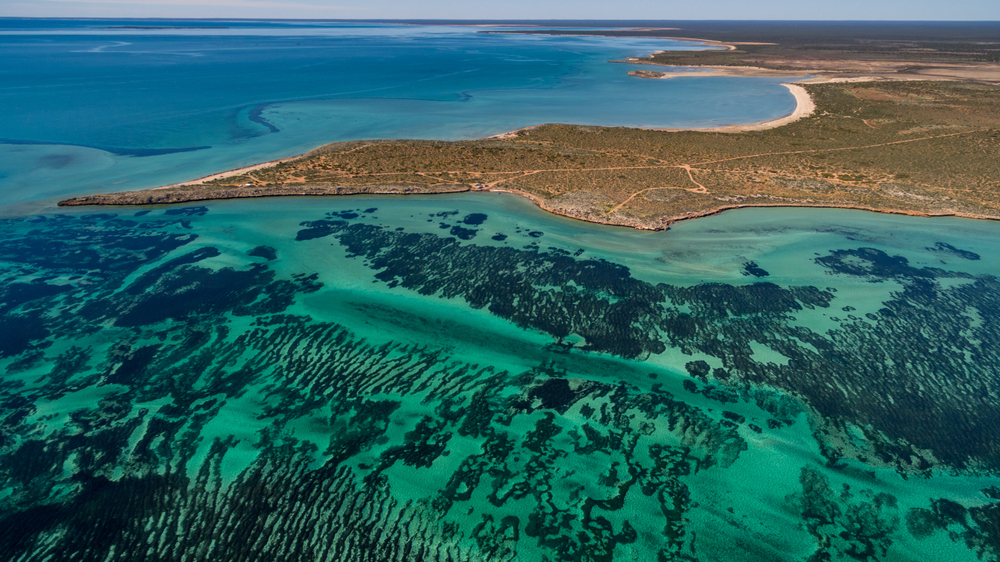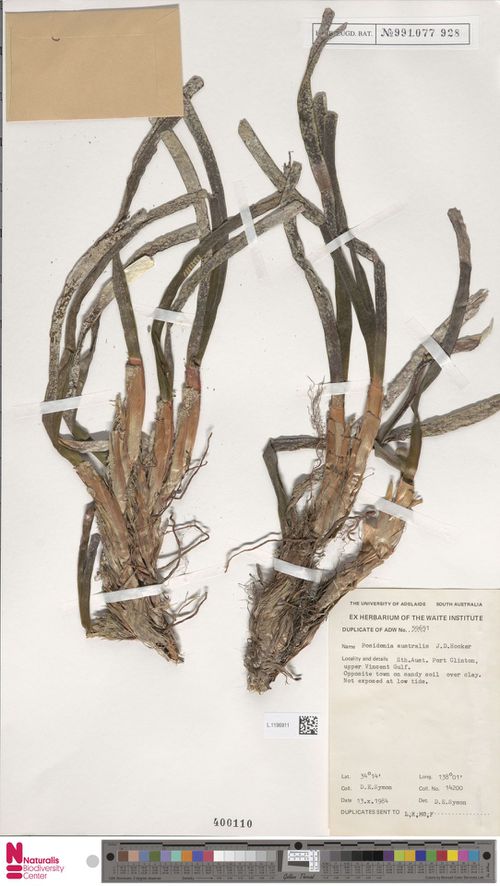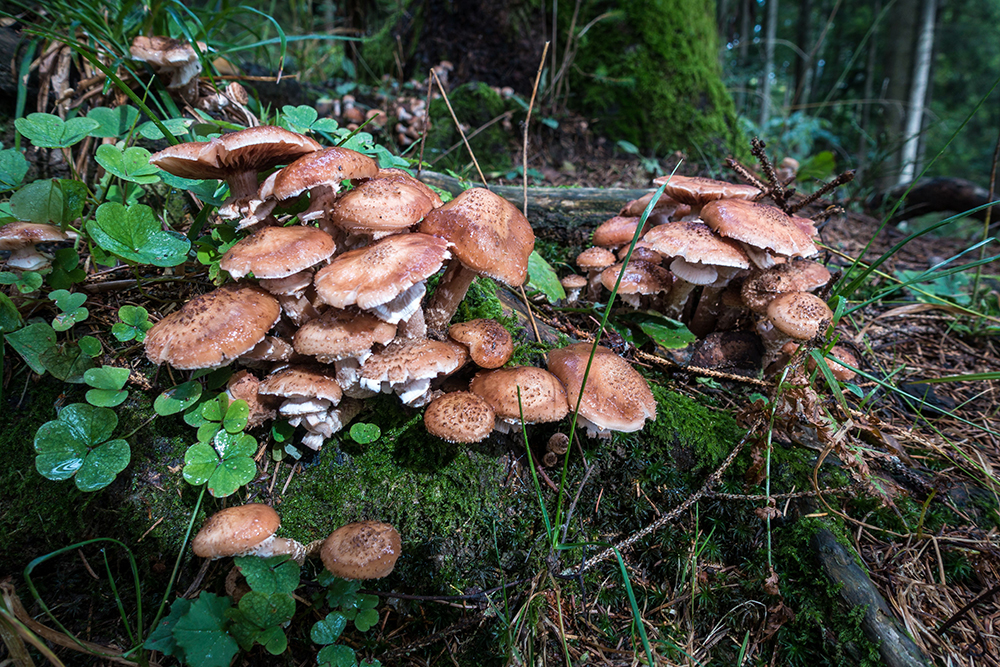The entire Posidonia Australis underwater meadow acts as a single organism because all the plants within it share the same genetic makeup. They are all clones, arising from a single common parent. The interconnectedness allows them to support each other, exchange nutrition through these connections, and function as a single organism.
When someone asks about the biggest living thing on Earth, people tend to think of huge creatures like whales or dinosaurs. However, the real answer dwarfs these well-known giants.
In 2022, scientists discovered a seagrass growing across the sun-kissed coastlines of Australia, and it’s like nothing humans have ever seen before. It stretches across a whopping 77 square miles, which is like having 1,500+ football fields laid out side by side. This monster-sized plant is now officially recognized as the largest living thing on Earth by the Guinness Book of World Records.

The question is, how was this incredible organism born? And how did we only discover it in 2022, when it has been growing for thousands of years?
The Mysterious Origin Of The World’s Largest Living Organism
The world’s largest living plant is a flowering plant species named Posidonia australis. It belongs to the seagrass family (not an algae, like seaweed), and is also known as fiber-ball weed or Poseidon’s ribbon weed. The plant has been quietly growing for over 4,500 years.
What’s even more interesting is that it’s a hybrid of Poseidon’s ribbon weed and a mysterious unknown species. It’s like nature’s little secret garden, mixing things up and surprising researchers with its mind-boggling genetics.
Even though the seagrass had been growing for thousands of years, the fact that it is a single plant only came to light through a new study.
This project started because scientists wanted to determine differences in the seagrass plants of Shark Bay, Australia, and which ones they could use for fixing seagrass areas. Dr. Elizabeth Sinclair, a scientist at the University of Western Australia, and Jane Edgeloe, a student at Flinders University, explained that they used special tools to identify the plants’ genes.
They collected samples from different places in Shark Bay and looked at about 18,000 genetic markers. As you may have guessed, they found something quite surprising.
There weren’t multiple plants. The whole meadow consisted of a single plant that shared the same DNA! This single plant had spread over a huge 180 km area of Shark Bay, making it the biggest plant on Earth.
They also discovered that this large area of Poseidon’s ribbon weed had started from just one small plant that grew and spread.

Also Read: Why Do Some Creatures In The Deep Sea Grow To Enormous Sizes?
How A Whole Meadow Acts As A Single Living Organism
Imagine how buffalo grass in your backyard spreads by sending out runners that extend sideways. Seagrass like Posidonia australis does something similar, but with a twist. Instead of runners, it grows rootstalks called rhizomes. These rhizomes spread under the sandy seafloor, hidden from view. What you actually see are the shoots that come up in the water above. It’s like having a secret network under the sand that’s allowing the seagrass to grow anywhere it wants.
So, how do seagrasses usually grow, and what sets the growth pattern in Shark Bay apart? Seagrasses typically have two methods of reproduction. They can produce seeds with pollen carried by water (sexual method), or they can create entire underwater meadows from a single plant by sending out rhizomes (asexual method). The most common example of the second category is is called clonal growth or vegetative growth.
The meadow found in Shark Bay (largest organism in the world by area) is growing through vegetative growth. This means that new plants can sprout and grow from the rhizomes it sends upwards, thus cloning itself.
The whole Posidonia Australis underwater meadow acts as a single organism because all the plants within it share the same genetic makeup. They’re all clones, emanating from a single common parent. The interconnectedness allows them to support each other, exchange nutrition through these connections, and function as a single organism.
Also Read: Algae: Definition, Types, Characteristics &Amp; Reproduction
Which Species Held The Title Of Largest Living Organism Before The Shark Bay Phenomenon Was Found?
We usually think of one plant or animal as a separate living thing, but a clonal colony like the one in Shark Bay makes us question the whole idea of what it means to be a single organism. It shows how multiple connected individuals with the exact same genetic makeup can function as a single, larger organism.
Before the discovery of this massive seagrass meadow, the title of the largest living organism was held by the Humongous Fungus (Armillaria ostoyae), which covers around 2,385 acres in Oregon, USA.

In the animal kingdom, however, the blue whale still takes the crown. The blue whale is not only the largest animal today, but is also the largest animal to have ever lived on our planet (Yes, even bigger than dinosaurs).
The largest land animal to ever exist on Earth was the prehistoric dinosaur known as Argentinosaurus. With a weight range estimated between 70 to 100 tons, Argentinosaurus was heavier than several school buses combined!
Who could have guessed that a humble, silent, non-destructive marine plant would surpass them all to become the biggest thing to ever exist on Earth? This discovery reminds us once again how full of surprises and diversity the natural world can be!
How well do you understand the article above!

References (click to expand)
- Edgeloe, J. M., Severn-Ellis, A. A., Bayer, P. E., Mehravi, S., Breed, M. F., Krauss, S. L., … Sinclair, E. A. (2022, June). Extensive polyploid clonality was a successful strategy for seagrass to expand into a newly submerged environment. Proceedings of the Royal Society B: Biological Sciences. The Royal Society.
- Zostera marina.
- Largest living organism.
